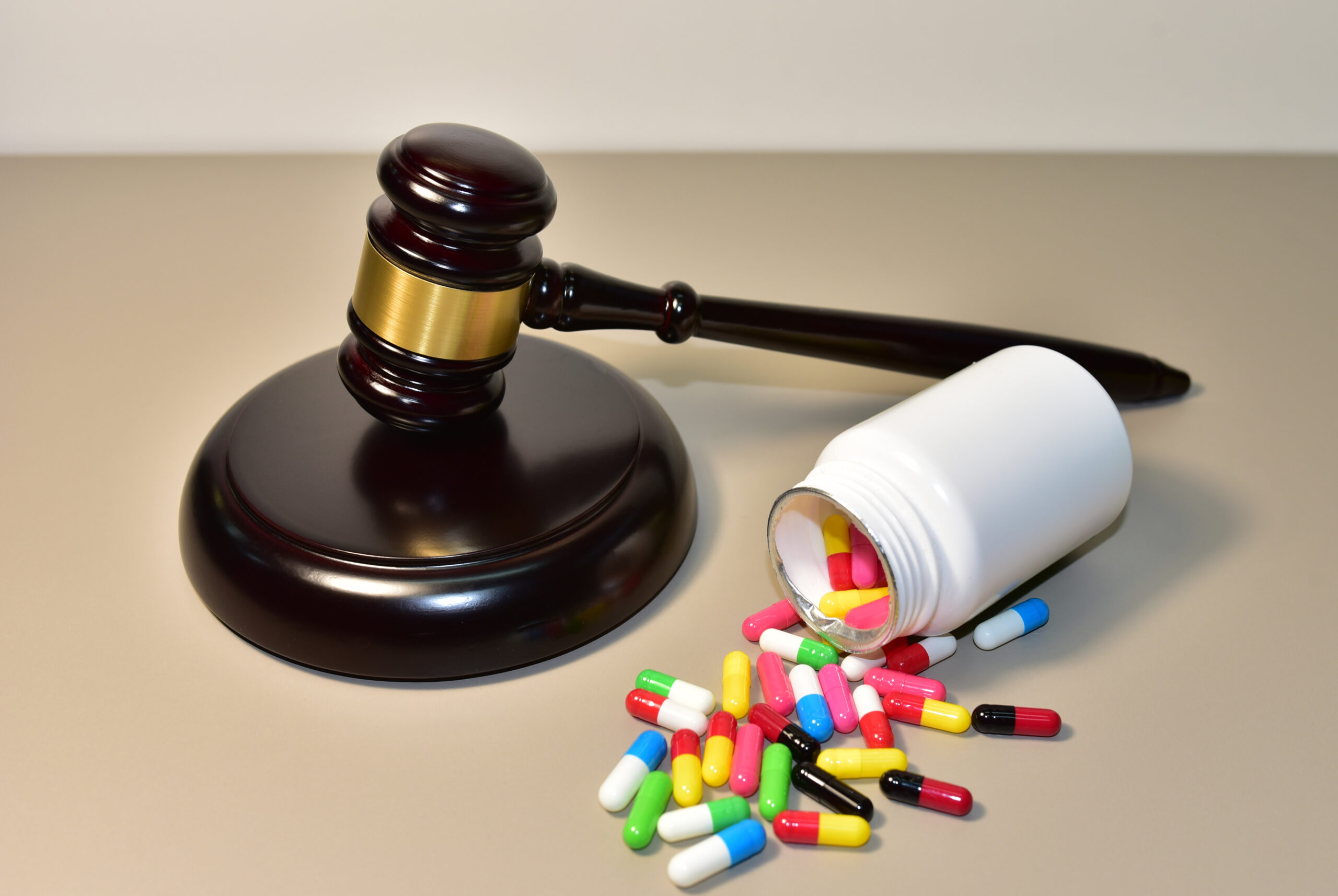By: Editorial Staff, Date: November 28th, 2023
In the ever-evolving landscape of pharmaceuticals, the balance between innovation and accessibility is a critical factor in ensuring the well-being of patients worldwide. The Hatch-Waxman Act, officially known as the Drug Price Competition and Patent Term Restoration Act, stands as a cornerstone in achieving this equilibrium. Enacted in 1984, this legislation has played a pivotal role in shaping the generic drug industry, fostering competition, and ultimately enhancing patient access to affordable medications.
In this article, we will delve into the Hatch-Waxman Act, its key components, and impact on generic drug approval.
What is Hatch-Waxman Litigation?
The Hatch-Waxman Act, officially known as the Drug Price Competition and Patent Term Restoration Act, is a federal law enacted in 1984 to streamline the approval process for generic drugs while preserving incentives for innovation.

Key Components of Hatch-Waxman Act
- Creates a patent litigation framework that allows generic manufacturers to challenge brand manufacturer’s patents in federal court without risk of patent infringement.
- Allows generic manufacturers to use the brand manufacturer’s data in their FDA approval applications without the need to conduct their own costly and lengthy clinical studies.
- Establish a provision that grants generic manufacturers an exemption from patent infringement liability, specifically for the development work conducted before the patent expiration date, as long as it is for their own pharmaceutical approval application with the FDA.
- Encourage generic manufacturers to challenge patents on brand name pharmaceuticals and expedite patient access to generic drugs by offering a 180-day market exclusivity period for the first generic product introduced to the market.
- Offers brand manufacturers incentives to develop new pharmaceuticals by granting them a 5-year exclusivity period during which generic manufacturers are not allowed to submit generic versions to the FDA.
Impact on Generic Drug Approval
- Increased Competition and Affordability:
The Hatch-Waxman Act has fostered a competitive market for generic drugs, leading to substantial cost savings for consumers. Generic drugs typically enter the market at a lower price point, making essential medications more accessible.
- Balanced Innovation and Access:
By providing a pathway for generic drug approval while protecting innovator rights, the Act strikes a balance between fostering innovation and ensuring easy access to medicines.
Never miss out on the latest issues and developments in Hatch-Waxman Litigation. Learn more at our webcast: Critical Issues in Hatch-Waxman Litigation
Upcoming Webcasts
Demystifying Economic Sanctions: Strategies for Success in a Global Economy
The U.S. Department of Justice has declared sanctions to be the “new FCPA.” This is not just rhetoric; there are tectonic shifts already underway in how the U.S. government prosecutes sanctions evasion and what it expects from corporate compliance departments—who are caught in the middle between American and European national security priorities and increasing sophisticated evasion by adversaries. Join Michael H. Huneke of Hughes Hubbard & Reed LLP and Jonathan Cross of Herbert Smith Freehills LLP in this CLE webcast to learn what these changes mean and practical tips for responding to them.


